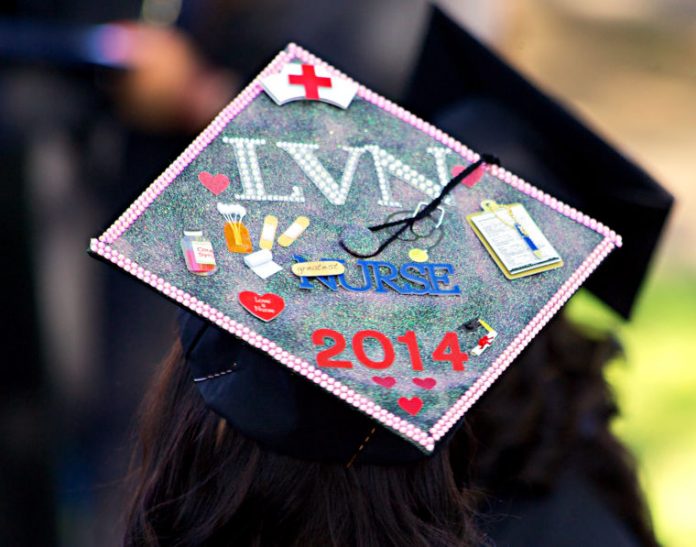
For Gavilan College graduate Michael Treviño, an initiative to get more students to law school is personal. Treviño was the first in his family to go to college. He attended community college before transferring to the University of California, Berkeley, and eventually went to law school at the University of Washington. Treviño is now the director of undergraduate admissions for the University of California system.
“That’s part of why I’m involved – to maybe help students that are a lot like me, that are maybe first generation,” said Treviño.
Now his alma mater, Gavilan College is one of 24 community colleges across the state participating in the Community Colleges Pathway to Law School initiative – the first program of its kind to partner community colleges with undergraduate and law schools. Its purpose is to help students get the resources they need to prepare for careers in the legal profession.
“The idea is that careers that start in the community college can also include law school – making a law career accessible to community college students – often low-income, first-generation and nontraditional students,” said Jan Bernstein Chargin, Gavilan College’s director of public information.
Through the initiative, community colleges are partnering with six California law schools and the state bar to groom students for law school through personal advising, mentoring, financial aid counseling and preparation for the LSAT – the law school entrance exam.
While students aren’t guaranteed admission at the participating schools, they have access to law school advisers, and application fees for the six participating law schools are waived if the students apply, said Sherrean Carr, Gavilan College’s dean of career technical education.
On a practical level, program participants take community college classes in seven areas: law in democracy; English composition; critical thinking; argumentation and debate or persuasion; statistics; U.S. history; and introduction to American Government.
“We are in the process of identifying which classes fit this pathway and then we’re going to identify specific students,” Carr said.
Since his community college days, Treviño for one has become familiar with the law school admissions process as he was formerly the assistant dean of admissions at the UC Hastings College of Law.
“There is nothing like this (program) in the country and the goal is to try to make the state bar more reflective of the demographics that it serves,” said Treviño. “If you look at the demographics of the state bar, it’s not very diverse relative to what the population of California looks like.”
In selecting the 24 community colleges for the initiative, the committee looked carefully at the community colleges’ success rates in transferring students that reflect the demographics of their sites, said Treviño.
“The college itself may be very, very diverse, but the demographics that transfer to the University of California might not be very diverse. In fact, usually it’s not,” he said. “The UC data is very important because law schools recruit more at the University of California (schools) than they do at the CSUs.”
Treviño knows from personal experience that lining up requirements to transfer from a community college to any four-year university can be challenging.
“It’s not always very clear what you need to do to prepare yourself,” Treviño said.
That’s where the initiative comes in. Students participating in the program can work with advisers at participating law schools to make sure their transcripts and resumes meet all the admission requirements.
The six participating law schools are the University of Southern California Gould School of Law, University of San Francisco School of Law, UC Davis School of Law, UC Irvine School of Law, Santa Clara University School of Law and Loyola Law School, according to the chancellor’s office.
“The real goal is to provide this clearly defined pathway so students know that they can start in the community colleges and continue on,” said Chargin. “It’s going to start a pipeline to the colleges.”









